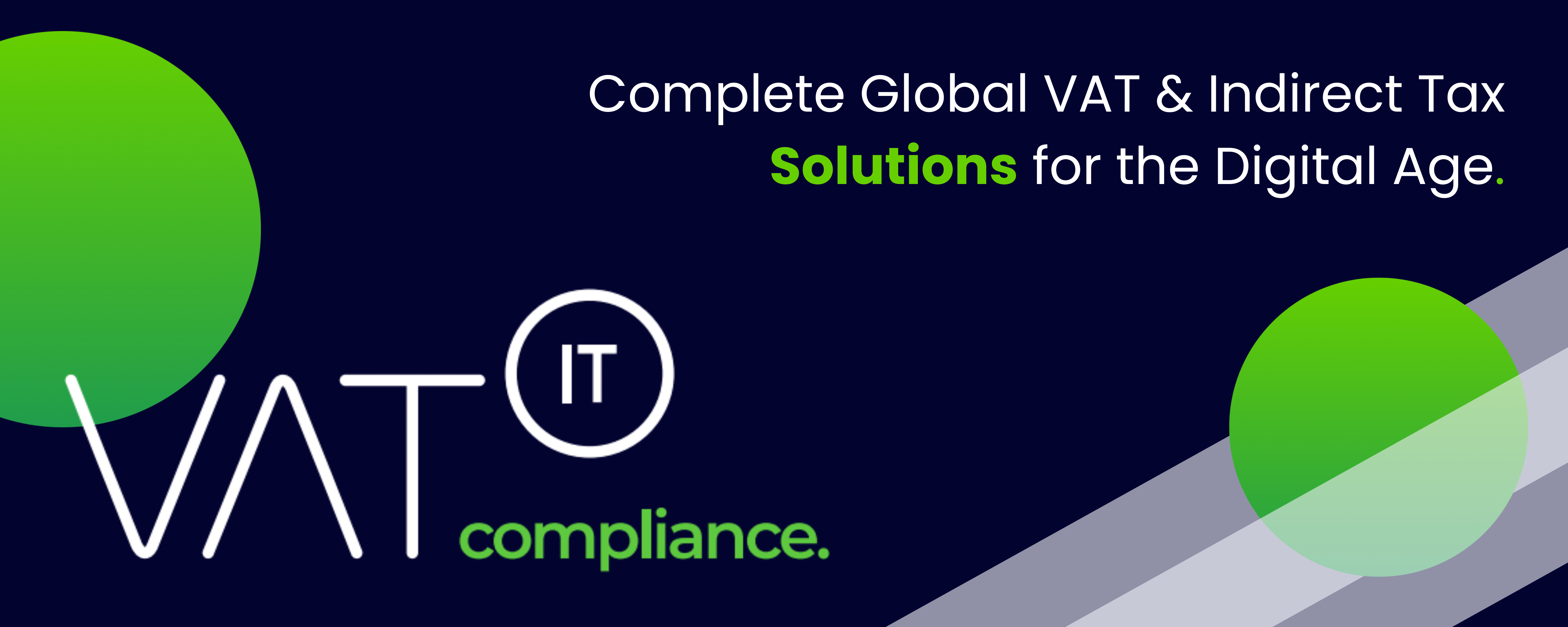- India’s GST has deviated from its original promise of simplifying the tax system and creating a unified market.
- The GST has burdened businesses and disproportionately impacted consumers, especially the middle class and the poor.
- The poorest 50% contribute a disproportionate 64.3% of the total GST revenues, while the top 10% pay just 3.9%.
- India’s tax structure has deepened inequality, with corporations paying far less than individual taxpayers.
- The GST’s inconsistent tax classifications have led to absurd situations, such as higher taxes on fortified rice, a crucial intervention to tackle malnutrition.
- The recent popcorn controversy exemplifies the regulatory mess, with different tax rates for unpacked, unlabelled salted popcorn, pre-packed popcorn, and caramel popcorn.
- The classification chaos extends beyond nutritional food items and snacks, with high and inconsistent taxes on second-hand vehicles and health insurance schemes.
Source: financialexpress.com
Note that this post was (partially) written with the help of AI. It is always useful to review the original source material, and where needed to obtain (local) advice from a specialist.
Latest Posts in "India"
- GST: India’s Grand Federal Bargain Becomes Imperfect Political Compromise After Eight Years
- GST 2.0 Boosts Bengal’s Economy with Rate Cuts on Local Goods and Industries
- Finance Minister Addresses GST Transition Concerns, Outlines Measures for Smooth Implementation
- Rajasthan HC Rules Principal-to-Principal Service Contracts as Export, Not Intermediary, Under GST
- CBAM Compliance Guide for Indian Exporters: 2025–26 Edition















